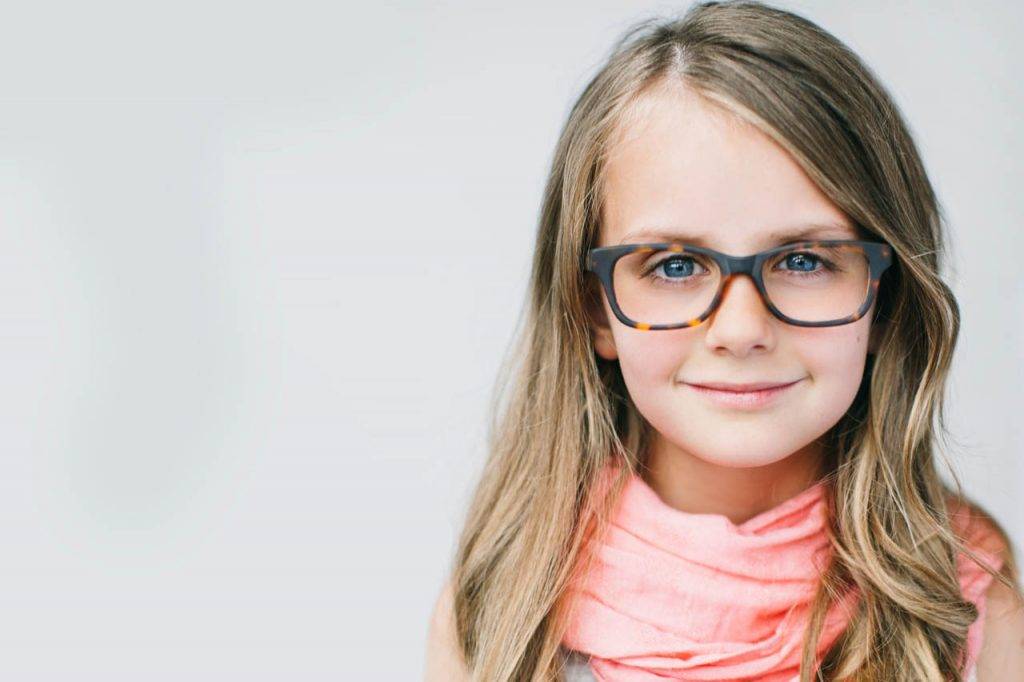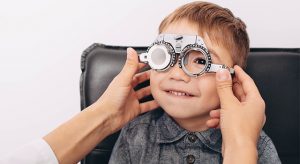Children’s vision is increasingly important to ensure their academic, sports and social performances.
Children who have difficulty reading due to a visual problem may be hesitant to read aloud in class for fear of being judged by their peers.
Given that vision accounts for 80% of classroom learning, it’s no surprise that even minor visual impairments can have a significant impact on their lives.
As a result, it’s crucial for parents and teachers to be aware of the most common vision problems that children may face.
Luckily, many vision problems can be treated with vision therapy.
What are common vision problems in children?
The 12 most common vision problems in children are:
- Myopia (short-sighted)
- Hyperopia (long-sighted)
- Amblyopia (lazy eye)
- Convergence Insufficiency
- Depth perception and 3D vision difficulties
- Double vision
- Eye fatigue
- Eye teaming problems
- Focusing difficulties
- Hand-eye coordination difficulties
- Strabismus (crossed-eyes)
- Visual processing dysfunction
If your child has any of the vision problems above, contact an eye doctor near you.
SEE RELATED: Children’s Vision: Most Asked Questions
How to detect vision problems in children?
Comprehensive eye exams by your child’s eye doctor are the definitive way to detect vision problems. Early detection increases the likelihood of successful treatment.
Notify your child’s doctor if you observe any of the following signs or symptoms:
- Blurry vision
- Sits close to the TV
- Dislikes doing homework or rushes assignments
- Reading, learning or attention issues
- Eye pain, discomfort or itchiness
- Eyes that are sensitive to light
- Frequent squinting or rubbing eyes
- Closes one eye or tilts head when reading
- Red, watery or irritated eyes
How to treat vision problems in children?
To treat any of the 12 most common vision problems in children, they should start by seeing an eye doctor experienced in seeing children.
Eye doctors can prescribe a range of optical options including eyeglasses, contact lenses and also a customized program called vision therapy.
Vision therapy enhances visual skills like focusing, eye-tracking, convergence, visual processing, eye-hand coordination and more!
Vision therapy is an individualized and customized treatment program that aims to develop and strengthen visual skills while also retraining the child’s visual system to process visual input more accurately and easily.
Vision therapy is more than just eye exercises, it improves eye-brain communication as well as the efficacy of the visual system.
How does vision therapy work?
Individualized exercises utilize prisms, filters, lenses, occluders, and other equipment are used in vision therapy.
Traditional vision therapy exercises have been transformed into interesting, engaging, and interactive activities in recent years, thanks to modern technologies and innovative computer-based therapies.
LEARN MORE: Guide to Children’s Eye Exams
Schedule an evaluation with a vision therapy eye doctor near you.
Vision accounts for 80% of classroom learning, it’s crucial for parents and teachers to be aware of the most common vision problems that impact the lives of children.


